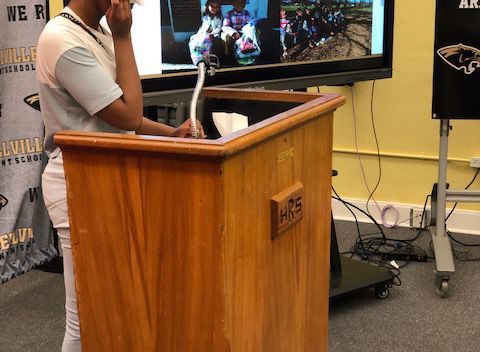
News
Russellville school district pushing students to be Russellville Ready post-graduation
RUSSELLVILLE – Morgan Todd, a graduating senior at Russellville High School, waited patiently Tuesday for her chance to ... Read more

RUSSELLVILLE – Morgan Todd, a graduating senior at Russellville High School, waited patiently Tuesday for her chance to ... Read more
New high school graduation requirements are headed to the state legislature for review after being approved by the ... Read more